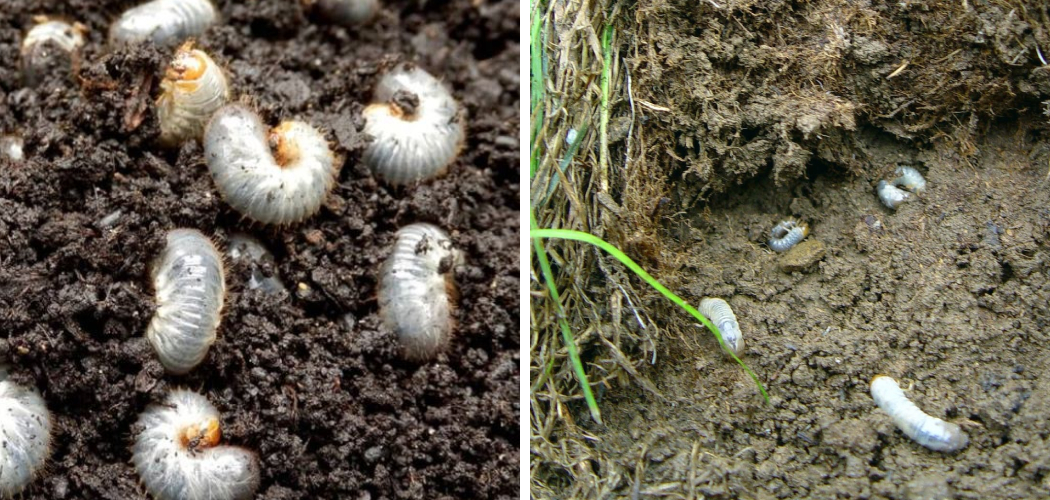To get rid of grubs in your vegetable garden, use natural pest control methods like applying beneficial nematodes or using milky spore powder. These methods are effective in killing grubs without harming your vegetables or the environment.
Grubs, those pesky little creatures that wreak havoc on our vegetable gardens, can be a major headache for any gardener. These larvae of beetles and other insects feed on plant roots, causing significant damage and stunting the growth of our precious plants.
However, fear not, for there are solutions to get rid of these grubs in an eco-friendly way. By employing natural pest control methods like beneficial nematodes or milky spore powder, you can eliminate these voracious pests without harming your precious vegetable crops or the environment. In this article, we will explore these effective techniques to ensure a bountiful and grub-free vegetable garden.
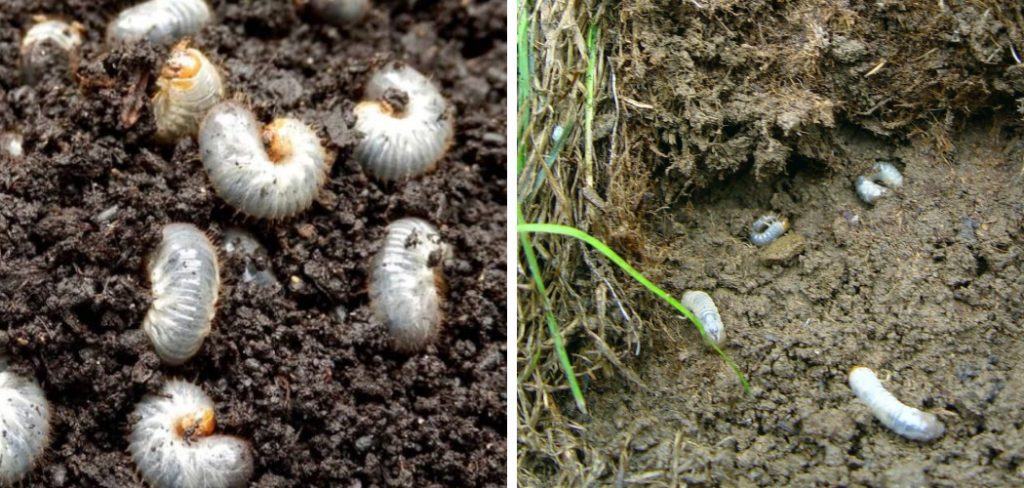
Understanding The Grub Problem
It’s a beautiful sight – rows of vibrant vegetables growing in your garden. But what happens when you start noticing brown patches and wilting plants? The culprit may be grubs, those tiny, c-shaped larvae of various beetles that have made themselves at home in your vegetable garden.
Understanding the grub problem is crucial to effectively getting rid of them and protecting your hard-earned produce.
Signs Of Grub Infestation
Grub infestations can be difficult to detect, so it’s important to be vigilant. Keep an eye out for the following signs that grubs may be present in your vegetable garden:
- Damaged Roots: Grubs feed on the roots of plants, leading to weakened plants that may appear wilted or stunted.
- Yellowing Leaves: If your plants have yellowing or discolored leaves, it could be a sign that grubs are damaging the roots and preventing the plant from getting necessary nutrients.
- Increased Bird Activity: Birds are natural predators of grubs, so if you notice an influx of bird activity in your garden, it could mean they have identified a grub population.
The Lifecycle Of Grubs
To effectively combat grubs, it’s important to understand their lifecycle. Here’s a breakdown of the stages grubs go through:
- Egg Stage: Adult beetles lay their eggs in the soil, typically during the late summer or early fall.
- Larval Stage: The eggs hatch into small, c-shaped larvae (grubs) that begin feeding on organic matter in the soil, including plant roots.
- Pupal Stage: Once the grubs have grown and developed, they enter the pupal stage where they transform into adult beetles.
- Adult Stage: The adult beetles emerge from the soil and mate, starting the cycle all over again.
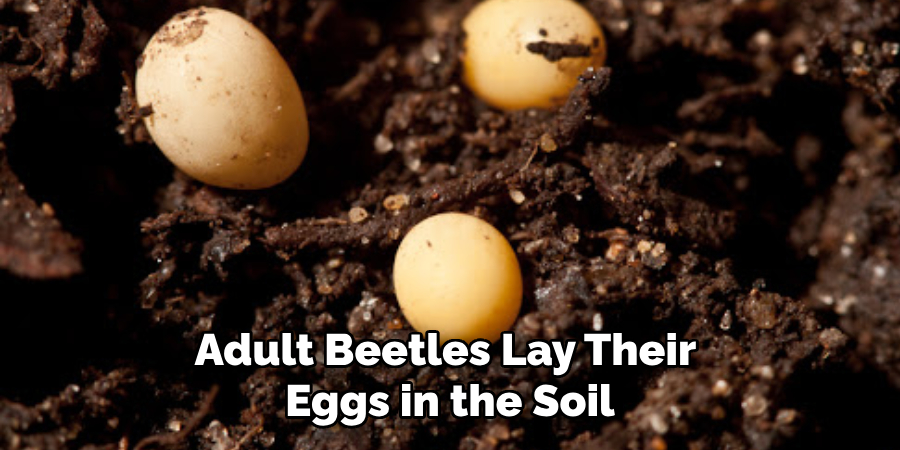
Why Grubs Are Harmful To Your Vegetable Garden
Grubs may seem harmless, but they can wreak havoc on your vegetable garden in several ways:
- Root Damage: As grubs feed on the roots of plants, they weaken them, making it difficult for the plants to absorb water and nutrients.
- Reduced Plant Vigor: Weakened plants are more susceptible to disease and other pests, further compromising their health and productivity.
- Disrupted Soil Structure: Grubs can disturb the soil structure as they tunnel and feed, leading to poor drainage and nutrient imbalance.
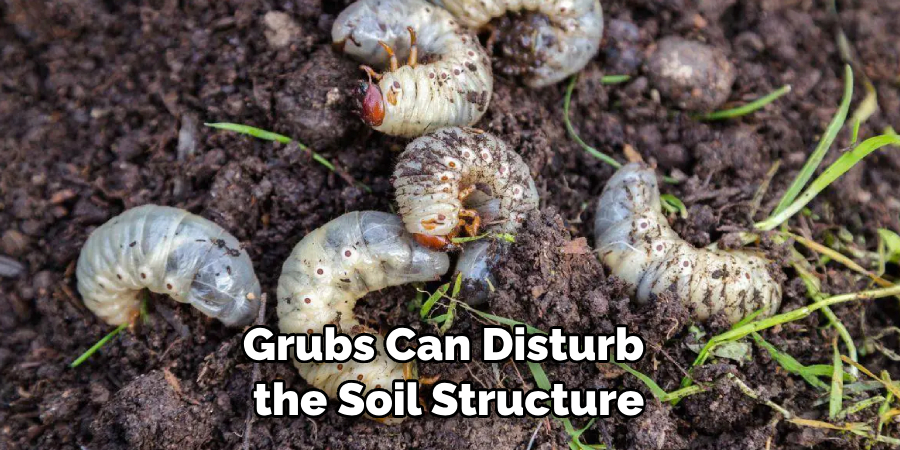
Now that you have a better understanding of the grub problem, it’s time to take action to protect your vegetable garden. In the next section, we’ll explore effective methods for getting rid of grubs and preventing future infestations. Stay tuned!
Natural Methods For Grub Control
Grubs can wreak havoc on your vegetable garden, damaging the roots of your plants and hindering their growth. But fear not, there are natural methods you can employ to combat these pesky pests. In this section, we will explore three effective ways to get rid of grubs without resorting to harsh chemicals.
So, let’s dive in and discover the natural alternatives for grub control.
Introduce Beneficial Nematodes
One of the most effective natural methods for controlling grubs in your vegetable garden is by introducing beneficial nematodes. These microscopic organisms are natural predators of grubs and can help in reducing their population. Here’s how you can utilize beneficial nematodes:
- Purchase nematodes from a reputable supplier, ensuring they are specific to grub control.
- Dilute the nematodes in water as per the instructions provided.
- Apply the solution to the affected areas of your garden, targeting the grub-infested soil.
- Repeat the application as instructed to ensure maximum effectiveness.
Beneficial nematodes not only control the existing grub population but also prevent future infestations, making them an excellent long-term grub control solution.
Use Milky Spore Disease
Another effective natural option for grub control is milky spore disease. This naturally occurring bacterium specifically targets japanese beetle grubs, which are a common garden nuisance. Here’s how you can use milky spore disease to combat grubs:
- Purchase milky spore disease powder from a reliable source.
- Apply the powder to the grub-infested areas of your garden using a spreader or by hand.
- Water the treated areas thoroughly to help the spores penetrate the soil.
- Be patient, as it may take some time for the milky spore disease to establish itself and control the grubs. However, once established, it can provide long-term control.
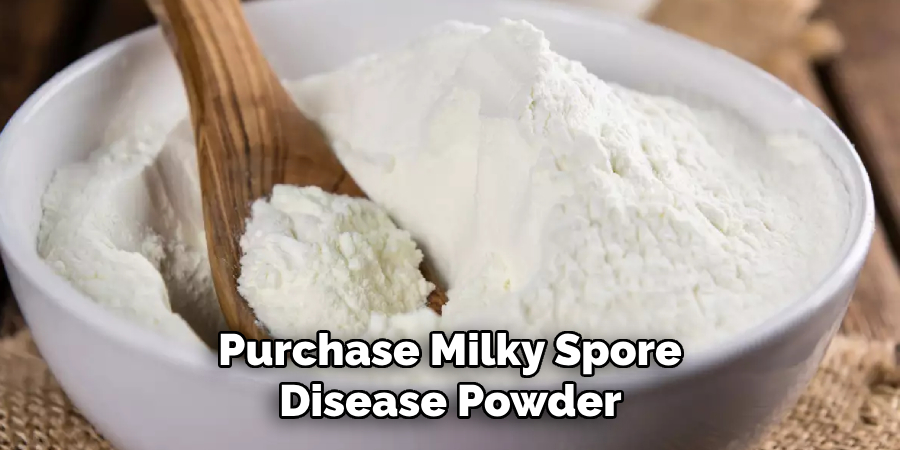
Milky spore disease is not harmful to humans, pets, or beneficial insects, making it an environmentally friendly option for grub control in your vegetable garden.
Attract Grub-Eating Birds And Animals To Your Garden
Nature has its own pest control system, and by creating a welcoming environment for grub-eating birds and animals, you can tap into this natural balance. Here’s how you can attract grub predators to your garden:
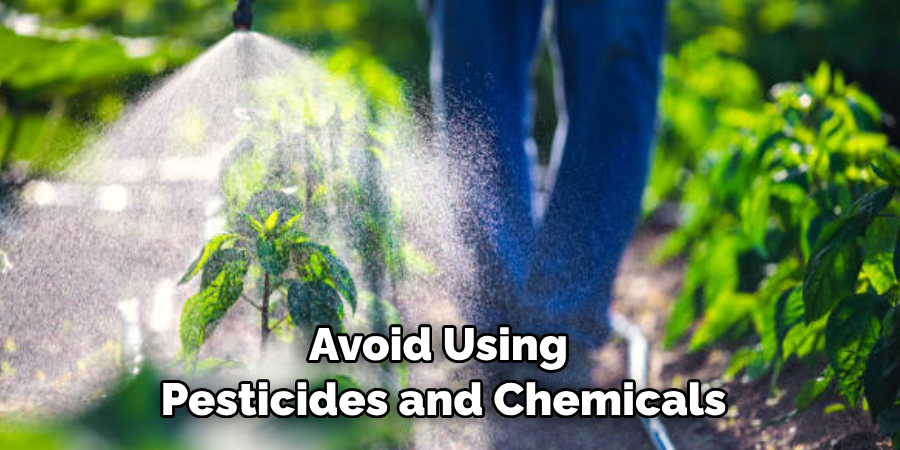
- Provide birdhouses, bird feeders, and bird baths to encourage birds to visit your garden.
- Plant native shrubs, trees, and vegetation to provide shelter and food sources for birds and animals.
- Avoid using pesticides and chemicals that may harm these natural predators.
- Create a diverse garden with a variety of plants to attract a range of insect-eating animals, such as hedgehogs, frogs, and toads.
By attracting grub-eating birds and animals, you can have a natural army on your side, assisting in keeping the grub population in check and ensuring a healthier garden.
With these natural methods at your disposal, you can effectively control grubs in your vegetable garden without resorting to harsh chemicals. So, go ahead and implement these strategies to enjoy a thriving and grub-free garden!
Chemical Solutions For Grub Control
Grubs can wreak havoc on your vegetable garden, damaging the roots and causing your plants to wither or die. When it comes to getting rid of these pesky pests, chemical solutions can be an effective option. In this section, we will explore two popular methods of grub control using insecticides.
Using A Grub-Specific Insecticide
- Grub-specific insecticides are designed to specifically target and eliminate grubs without harming other beneficial insects.
- These insecticides typically contain ingredients such as imidacloprid or bacillus thuringiensis (bt), which specifically target and kill grubs in their larval stage.
- When using a grub-specific insecticide, it is essential to follow the instructions on the label carefully. Apply the product at the recommended time and rate for maximum effectiveness.
- Grub-specific insecticides can be an excellent choice if you have a severe grub infestation in your vegetable garden and want to target the problem directly.
Applying A Broad-Spectrum Insecticide
- Broad-spectrum insecticides are formulated to kill a wide range of insects, including grubs. While effective, they may also harm beneficial insects such as bees and butterflies.
- When applying a broad-spectrum insecticide, it is crucial to use caution and follow the instructions to minimize the impact on beneficial insects.
- These insecticides typically come in liquid or granular form, and you can apply them to your vegetable garden using a sprayer or spreader, respectively.
- Before using a broad-spectrum insecticide, consider the potential impact on pollinators and other beneficial insects in your garden. It is best to use them as a last resort or when other methods have failed.
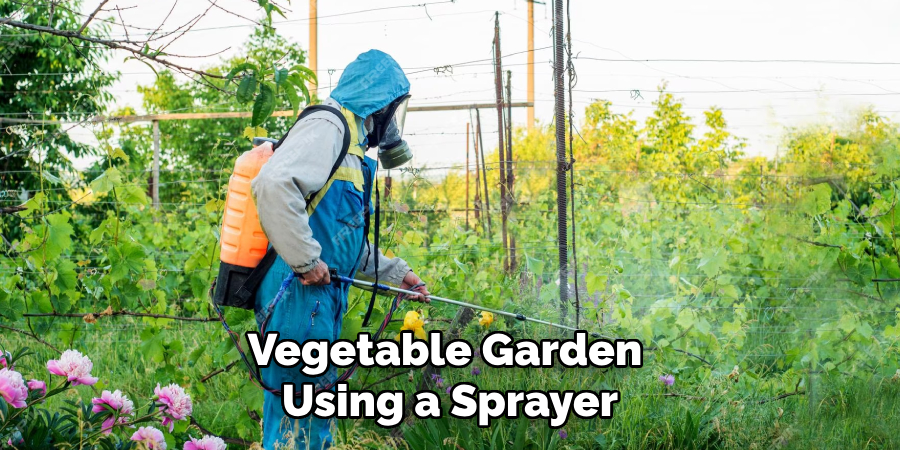
Understanding the pros and cons of chemical options is essential when deciding on grub control methods for your vegetable garden. While chemical solutions can be effective, they also have drawbacks. Take into account the potential harm to beneficial insects and use them sparingly.
In the next section, we will explore alternative and organic methods for tackling grubs in your vegetable garden.
Prevention Techniques To Keep Grubs Away
Regularly inspecting the garden for signs of grubs:
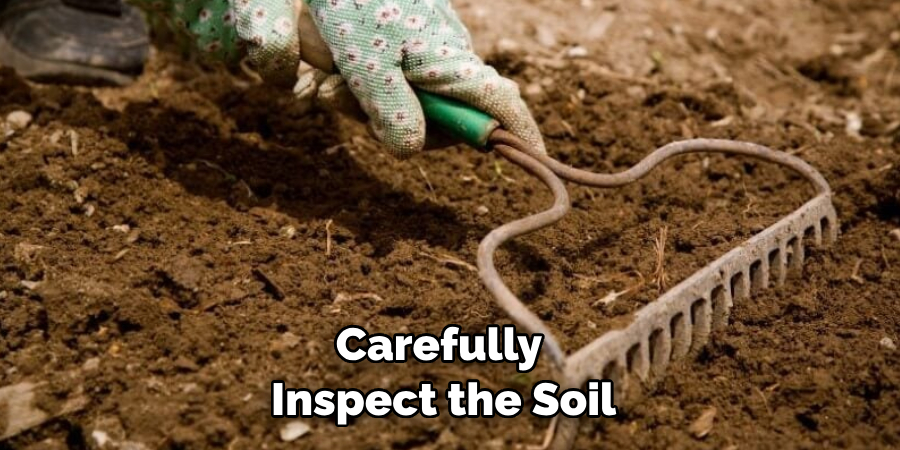
- Perform a visual check of your vegetable garden on a regular basis.
- Look for indications such as wilting plants, yellowing leaves, or patches of dead grass.
- Carefully inspect the soil around the affected plants for any signs of grubs.
- Dig about 2-3 inches below the soil surface to search for grubs.
- If you spot any grubs, remove them by hand and dispose of them away from your garden.
Implementing proper soil health practices:
- Make sure your soil is well-drained to prevent excessive moisture, which can attract grubs.
- Regularly test your soil’s ph level and adjust it if necessary to create an optimal environment for your plants.
- Avoid over-fertilization, as excessive nitrogen can attract grubs.
- Incorporate organic matter into the soil, such as compost or well-rotted manure, to improve its structure and nutrient content.
- Practice crop rotation to prevent the buildup of pests like grubs in the soil.
Choosing grub-resistant vegetable varieties:
- Research and select vegetable varieties that are known to be resistant to grubs.
- Look for plants labeled as “grub-resistant” or “pest-resistant” when purchasing seeds or seedlings.
- Plant a diverse range of vegetables in your garden to reduce the risk of widespread grub damage.
- Talk to local gardeners or visit a reputable nursery for recommendations on grub-resistant vegetable varieties that thrive in your region.
- By choosing the right varieties, you can minimize the impact of grubs on your vegetable garden.
Remember, prevention is key when it comes to managing grubs in your vegetable garden. By regularly inspecting your garden, implementing proper soil health practices, and selecting grub-resistant vegetable varieties, you can significantly reduce the likelihood of grubs damaging your plants.
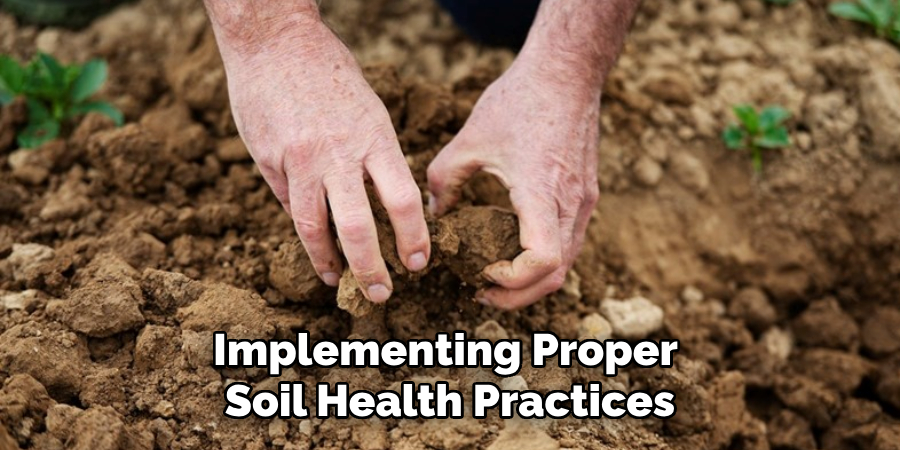
Stay proactive and enjoy a healthy and thriving vegetable garden.
Creating A Grub-Free Garden Environment
A healthy vegetable garden is every gardener’s dream. However, the presence of grubs can quickly turn that dream into a nightmare. These small, worm-like creatures can wreak havoc on the roots of your vegetables, leading to wilting, yellowing, and eventually the death of your precious plants.
But fear not! With a few simple techniques, you can create a grub-free garden environment and ensure your vegetables thrive. Let’s explore the key steps to take in keeping those pesky grubs at bay.
Proper Watering And Drainage Techniques:
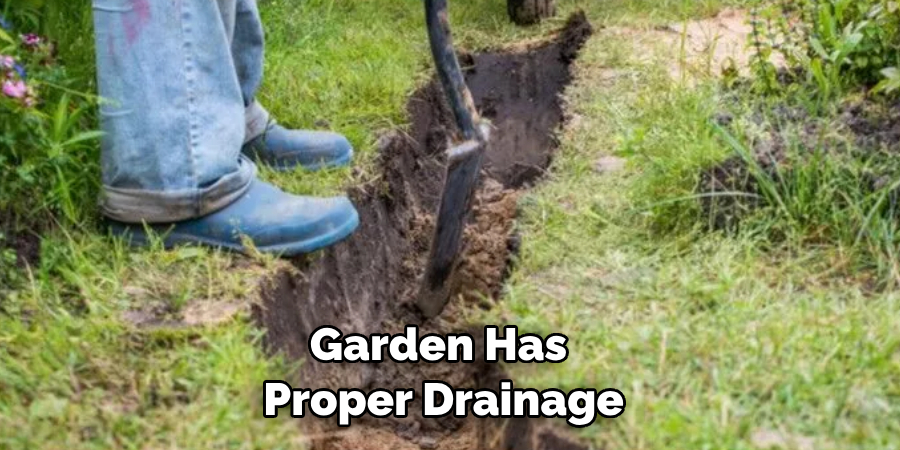
- Adequate watering is essential for the health of your plants, but it’s important to strike a balance. Overwatering can create ideal conditions for grubs to thrive, so be mindful of how much you’re watering.
- Ensure that your garden has proper drainage to prevent waterlogged soil, which can attract grubs. Consider incorporating raised beds or adding organic matter such as compost to improve drainage.
- Water your garden in the morning, allowing the soil to dry out slightly between watering. This will discourage grubs from laying their eggs in moist soil.
Maintaining A Balanced Ph Level In The Soil:
- Grubs often prefer acidic soil, so it’s crucial to maintain a balanced ph level in your garden. Test the soil regularly using a ph testing kit, and make the necessary adjustments to keep it within the optimal range for your vegetables.
- Take measures to raise or lower the ph as needed. For example, if your soil is too acidic, you can add lime to raise the ph. On the other hand, if it’s too alkaline, you can amend the soil with organic matter, such as peat moss or compost, to lower the ph.
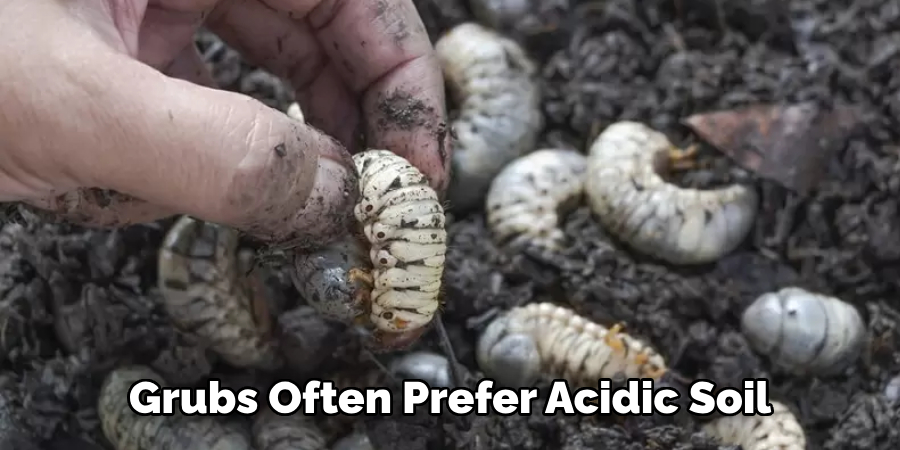
Removing Excess Thatch And Debris From Your Garden:
- Thatch, a layer of dead plant material that accumulates on the soil surface, provides a hiding place for grubs. Regularly remove any excess thatch and debris from your garden to reduce the likelihood of grubs finding shelter.
- Use a rake or a thatching tool to gently remove the thatch layer, taking care not to damage the underlying soil or plants.
- Dispose of the removed thatch and debris away from your garden to minimize the chances of grubs returning.
By implementing proper watering and drainage techniques, maintaining a balanced ph level in the soil, and regularly removing excess thatch and debris, you can create an environment that is unfavorable to grubs. These steps will not only help protect your vegetables from potential damage but also promote overall garden health.
With a little bit of effort and vigilance, you can enjoy a vibrant, grub-free vegetable garden. Now, let’s dive into each of these techniques in more detail to ensure success in your battle against grubs!
Frequently Asked Questions About Grub Control
Grubs can be a common and frustrating problem in vegetable gardens, but with the right knowledge and methods, you can effectively control their population. In this section, we will address some commonly asked questions about grub control. Understanding how to integrate natural and chemical methods, the timeline for seeing results, and the regions affected by grubs will help you develop a comprehensive approach to protecting your garden.
Can I Use Natural And Chemical Methods Together?
Combining natural and chemical methods can be an effective approach to grub control in your vegetable garden. Here are some key points to keep in mind:
- Natural methods such as introducing beneficial nematodes, applying milky spore, or using botanical insecticides are eco-friendly options that can help control grubs.
- Chemical methods like Garden Has Proper Drainage or chlorantraniliprole can provide quick and efficient results.
- It is important to carefully follow the instructions and dosage recommendations for any chemical products, ensuring their safe and effective use.
- Prioritize the use of natural methods whenever possible, but consider incorporating chemical methods when necessary for severe infestations or immediate control.
How Long Does It Take To See Results From Grub Control Methods?
The timeline for observing results from grub control methods can vary depending on various factors, including the specific method used and the severity of the infestation. Here are some important points to keep in mind:
- Natural methods generally require a longer period to yield noticeable results. Beneficial nematodes typically take two to four weeks to control grubs, while milky spore may take one to three years to establish in the soil but can provide long-term control.
- Chemical methods usually offer quicker results. Insecticides can start killing grubs within a few days or weeks, providing relatively fast control.
- The persistence of control will also depend on the method used. Some chemical insecticides may continue protecting your garden for several months, while natural methods may require reapplication over time.
Are Grubs A Problem In All Regions?
Grubs can be a problem in various regions, although the specific species and severity may vary. Here are some key points to consider:
- White grubs, the most common type of grub, can be found in many regions across north america.
- The severity of the problem may differ depending on the local climate and soil conditions, with some regions experiencing more severe infestations than others.
- It’s important to consider the prevalence of grubs in your particular region when developing a proactive approach to grub control.
- Consult with local gardening experts or extension services to gain a better understanding of the grub population in your area and the most effective control strategies.
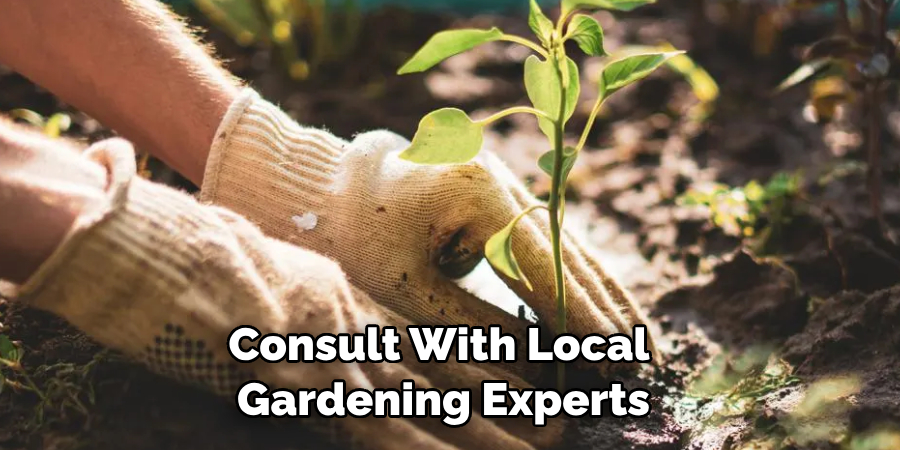
By addressing these frequently asked questions about grub control, you are better equipped to tackle the challenge of protecting your vegetable garden. Remember to adapt your methods based on the severity of the infestation, prioritize natural approaches whenever possible, and stay informed about the grubs prevalent in your region.
With a proactive and integrated approach, you can effectively control grubs and enjoy healthy vegetable harvests.
Frequently Asked Questions For How To Get Rid Of Grubs In Your Vegetable Garden
How Do I Know If My Vegetable Garden Has Grubs?
To determine if your vegetable garden has grubs, inspect the soil for brown patches, wilting plants, and easily-removed turf. Check for white, c-shaped larvae beneath the soil surface, which are a sign of grub presence.
What Damage Can Grubs Cause To My Vegetable Garden?
Grubs can cause significant damage to your vegetable garden by feeding on plant roots. This can result in stunted growth, yellowing leaves, and even the death of plants. Additionally, their feeding can attract other pests, such as moles or skunks, which further disrupt the garden.
What Are Some Natural Methods To Get Rid Of Grubs?
Natural methods to eliminate grubs in your vegetable garden include applying beneficial nematodes, which are microscopic worms that infect and kill the grubs. Another option is sprinkling diatomaceous earth or neem oil on the soil to deter and kill grubs.
Regular soil maintenance and dry out periods can also help control their population.
How Can I Prevent Grubs From Infesting My Vegetable Garden?
Prevent grubs from infesting your vegetable garden by practicing good lawn care, including proper mowing, fertilization, and watering techniques. Avoid overwatering, as excess moisture attracts grubs. Encourage natural predators like birds and beneficial insects, and avoid using chemical insecticides that harm beneficial organisms.
When Is The Best Time To Treat Grubs In My Vegetable Garden?
The ideal time to treat grubs in your vegetable garden is during late summer or early fall. At this time, the grubs are small and more susceptible to control measures. Applying treatments during this period ensures that you target the next generation of grubs before they cause extensive damage.
Conclusion
To maintain a healthy vegetable garden, an effective approach to eliminating grubs is essential. By following the proven methods outlined in this article, you can protect your plants from these destructive pests and enjoy a productive harvest. Start by identifying the signs of grub infestation, such as wilting or yellowing plants, and then proceed with using biological controls like introducing beneficial nematodes or applying milky spore powder.
Another approach is to employ cultural practices such as regular watering, mowing, and avoiding over-fertilization, as these will create unfavorable conditions for grubs to thrive. Additionally, encouraging natural predators like birds and frogs can offer an eco-friendly solution. Remember to always monitor your garden and implement preventive measures to prevent further grub damage.
By taking these proactive steps, you can maintain a vibrant vegetable garden free from grubs and enjoy the fruits of your labor.

